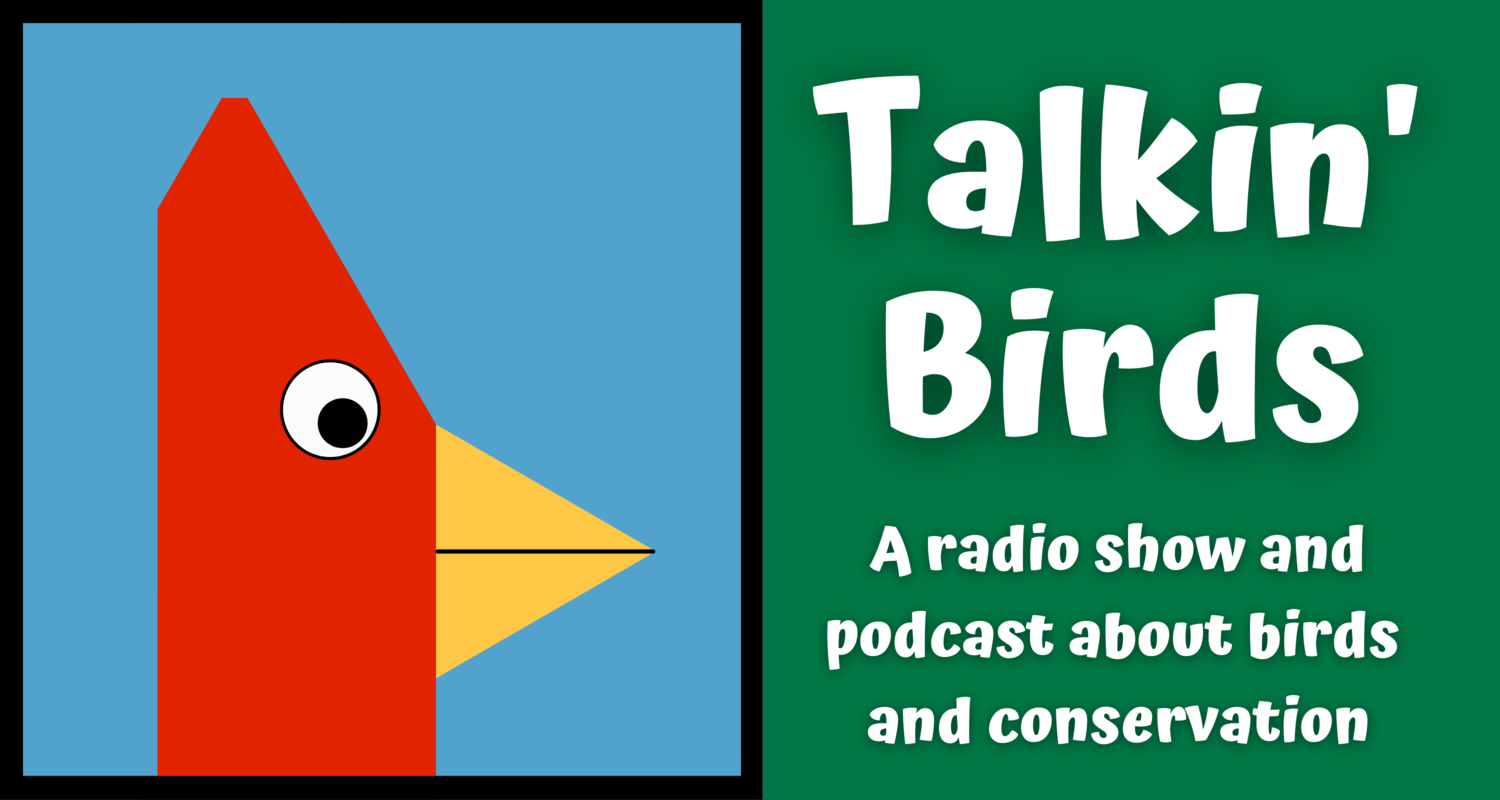from Talkin’ Birds Ambassador Elise Torello of Wakefield, RI.
I live in a wooded location near water and was very curious what animals might be living here. I set up my first trail camera a few years ago and started seeing some common animals--deer, squirrels, chipmunks, and the occasional turkey. I got better at picking the location and set up of my camera and started seeing foxes and coyotes, but also started to be dissatisfied with the performance of my camera. So I did some research and purchased a new camera, and through trial and error (and adding a few more cameras), started getting some really amazing videos of animals. The bobcats and river otters were especially exciting for me. Along with these wonderful mammals, I started seeing (and hearing) some wonderful birds. Sometimes, I'd see a wonderful animal (like a bobcat) and hear a wonderful bird or two (Chuck-will’s-widow and Eastern Whippoorwill) at the same time!
Some of these birds are real rock stars. The gorgeous Great Blue Heron that spent a lot of time fishing in front of my camera in spring 2019 really impressed me with the large fish it caught and ate. I also recently had a spectacular video of a beautiful Great Horned Owl in daylight--a rare treat. I put together a compilation of some of our feathered friends for a local nature video festival (https://www.environmentcouncilri.org/content/2020-rhode-island-nature-video-festival). I also saw a Worm-eating Warbler recently. I'll admit I had to get some help identifying that one!
It's been a lot of fun seeing these birds going about their business when they think nobody is looking. A great resource for anyone looking to get into camera trapping is this book: Camera Trapping Guide: Tracks, Sign, and Behavior of Eastern Wildlife, by Janet Pesaturo.
Here are some of my favorite bird videos:
Great Horned Owl: https://www.youtube.com/watch?v=LorwgukQ7pY
Worm-eating Warbler: https://youtu.be/pbiUEA4NYpI
Bobcat, Chuck-will’s-widow and Eastern Whippoorwill: https://www.youtube.com/watch?v=obF8yYptHyw
Great Horned Owl and Chuck-will’s-widow: https://youtu.be/KhKhlcR-o1s
Nuthatch gathering moss for a nest: https://youtu.be/KGllSTSz-Jg
